Wildlife
19,025 boats inspected for quagga mussels in Utah over the holiday weekend
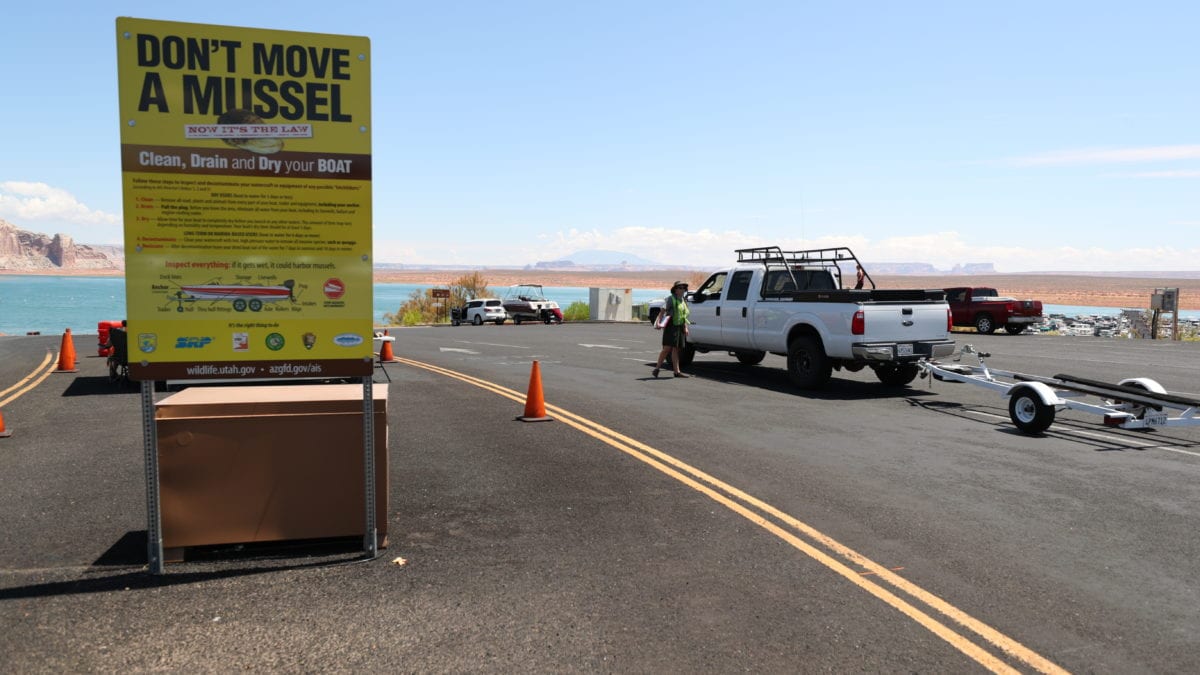
Stateline Launch Ramp at Glen Canyon National Recreation Area. Photo: Utah Division of Wildlife Resources
SALT LAKE CITY, Utah. — During the holiday weekend, aquatic invasive species technicians were hard at work.
The Utah Division of Wildlife Resources (DWR), Utah State Parks, Arizona Game and Fish Department and the National Park Service all had a helping hand in preventing quagga mussel travel.
According to DWR, statewide there were 19,025 boats inspected and 381 decontaminations.
Quagga mussels originate from the Black Sea near the Ukraine. They came to the U.S. via transatlantic shipping vessels in the 1990s. After finding a home in the Great Lakes, they began to migrate west via the Mississippi and Ohio rivers- eventually finding their way to western reservoirs like Lake Powell, Mead, and Havasu.
“We need public support and compliance,” said DWR Aquatic Invasive Species Sgt. Krystal Tucker. “Individuals with any watercraft who are traveling past an open inspection station are required to stop so our technicians can conduct an inspection. Our goal is to stop the spread of invasive mussels in order to protect Utah’s waters.”
The aquatic invasive species program is based on prevention and containment. Lake Powell is already infested, therefore the goal is to avert that from happening at other bodies of water in Utah, Colorado, Arizona, etc. Female quagga mussels can produce over a million eggs in one year. They can be of harm to the infrastructure of all types- including water lines and delivery systems. They can damage boat engines by sneaking in through the cooling system. Additionally, by eating a lot of phytoplankton, they alter the food web and create risk for a bottom-up extinction event.
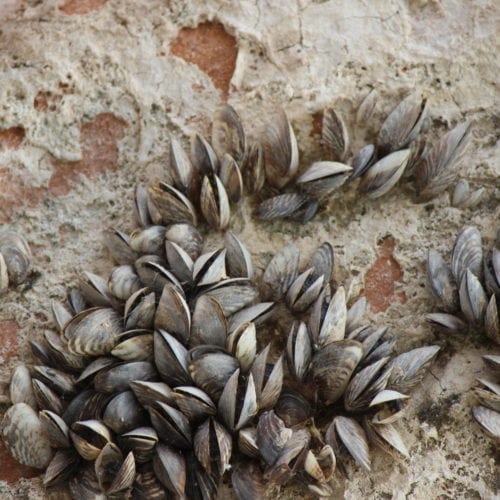
Quaggas, along with the zebra mussel (which is also in Lake Powell), are the only freshwater mussels on the continent with a byssus, an external organ that consists of many glue-like threads that are incredibly durable. These byssal threads are what allow quaggas to attach to boats and travel to different bodies of water.
“The new dip tank has been used for roughly half of the decontaminations at Lake Powell and has been invaluable for more quickly and efficiently cleaning the boats with more complex systems,” said DWR Aquatic Invasive Species Sgt. Micah Evans.
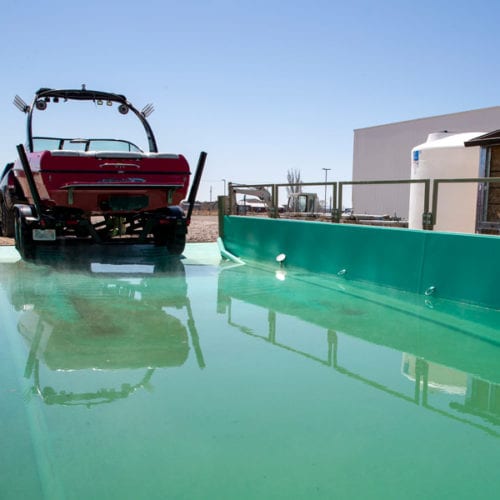
The dip tank for decontamination is located only in Wahweap on the southern side of Lake Powell. Members of Clean Wake LLC- the Salt Lake City contractor that built the dip tank- have confirmed that it is likely that Bullfrog will see one soon.
The tanks save quite a bit of time. For an average wake boat, it takes about 15 minutes, saving technicians about an hour. Hands-on decontaminations can take a long time with complex boats that have multiple drain wells.
“We want to remind people to be patient and to work with our staff at the inspection stations,” said Evans. “Our employees are doing a difficult job under extremely hot, harsh working conditions. Cooperating with them speeds up the process and makes things run more smoothly so you can get on and off the water more quickly.”
In Utah, there are over 40 inspection stations. You can visit the DWR website for the full list.











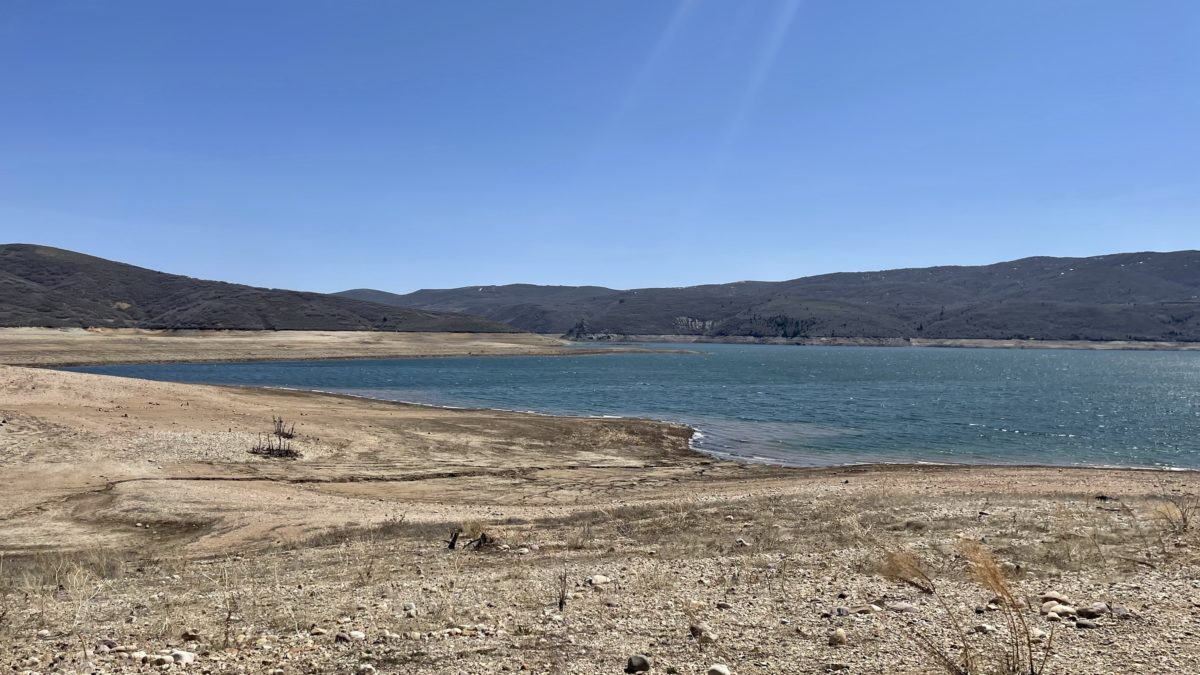

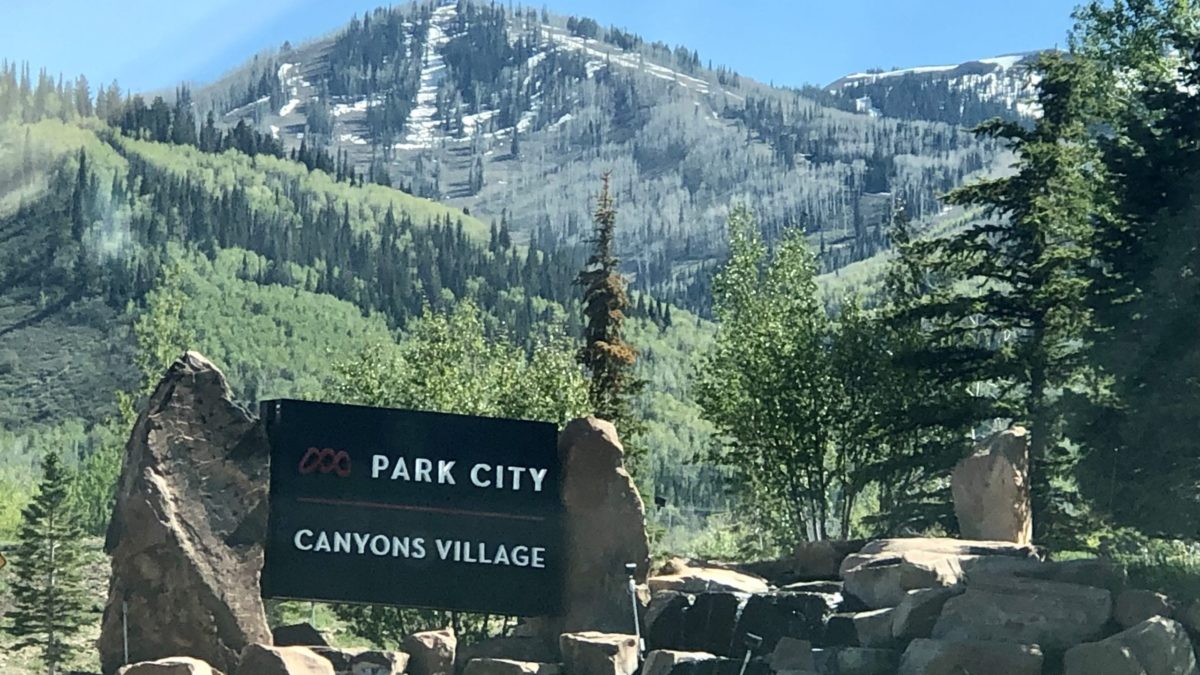
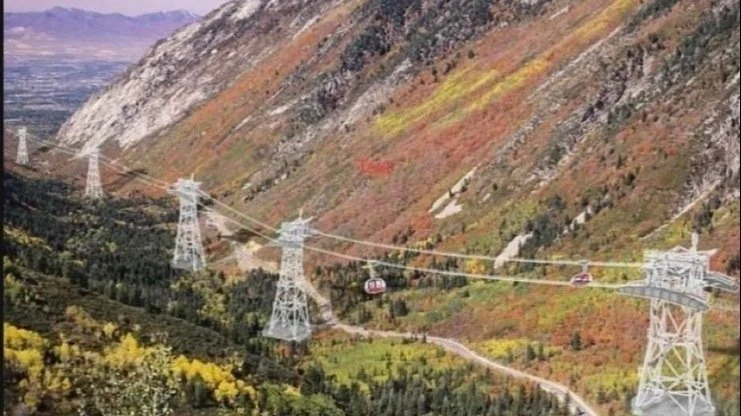

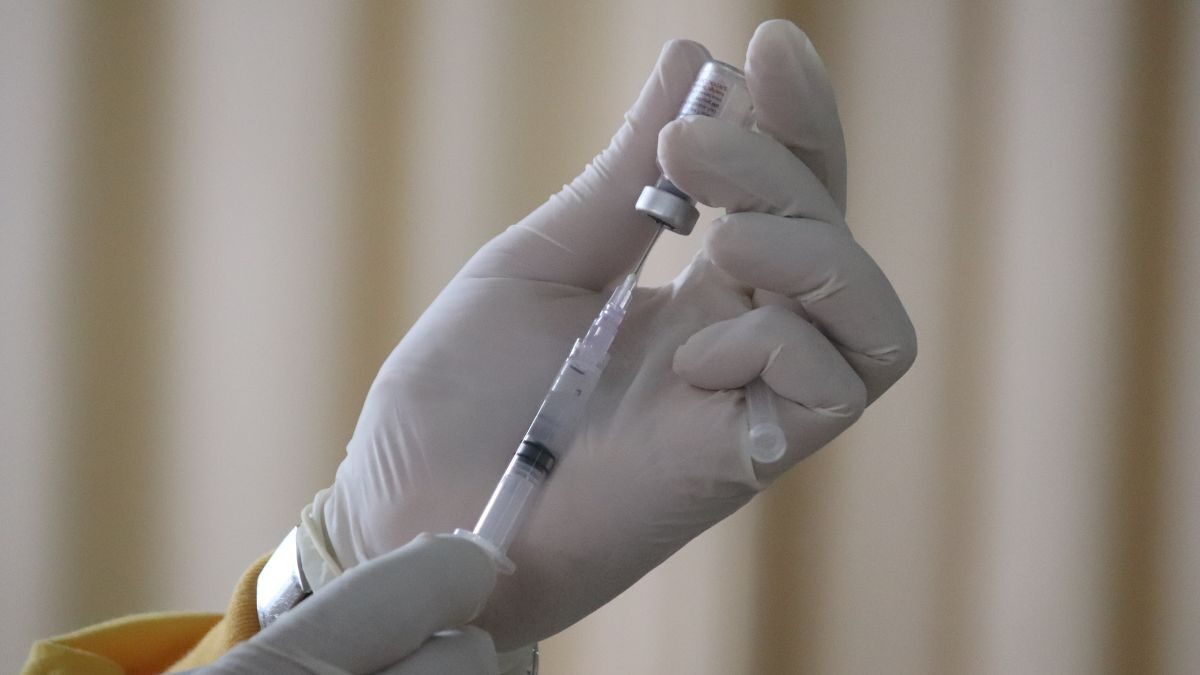
You must be logged in to post a comment.